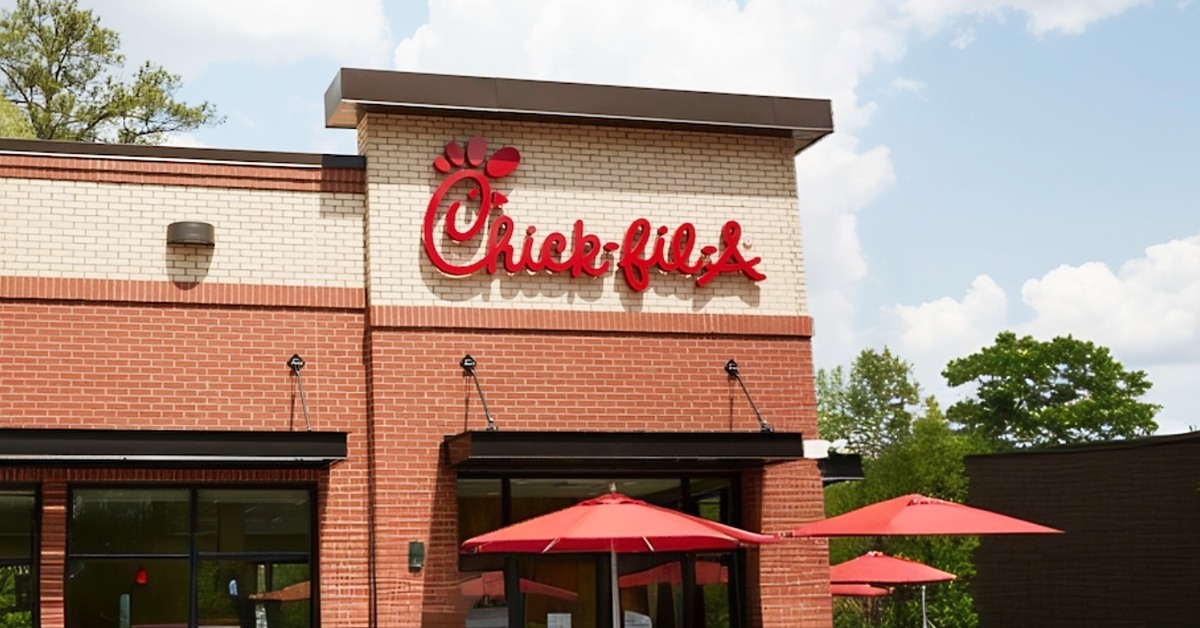Preparation Is Half the Battle: Safety Tips to Know for the Next Hurricane Season
Hurricane season is hopefully over, but the devastation left by two recent superstorms, Helene and Milton, will be felt for months. While there have been many superstorms over the decades, the intensity of these storms has grown due to rising temperatures in the Gulf of Mexico. Reports show that the temperature of the Gulf’s waters [...] Read More... from Preparation Is Half the Battle: Safety Tips to Know for the Next Hurricane Season The post Preparation Is Half the Battle: Safety Tips to Know for the Next Hurricane Season appeared first on LOVEBSCOTT.


Hurricane season is hopefully over, but the devastation left by two recent superstorms, Helene and Milton, will be felt for months. While there have been many superstorms over the decades, the intensity of these storms has grown due to rising temperatures in the Gulf of Mexico. Reports show that the temperature of the Gulf’s waters has increased by 1.8 degrees over the past two decades. While that number may seem small, it has already affected marine life and the climate. Even a one-degree increase has significantly contributed to the strength of these storms.
Helene and Milton have left horrendous devastation in their wake, and with the possibility of more superstorms in next year’s hurricane season, being as prepared as possible is crucial. Here are some helpful tips to prepare.
The Safest Tip for A Major Hurricane is Evacuating in Advance

The biggest and most obvious safety tip for an impending hurricane is to evacuate to a safer area, especially if you live in a high-risk flood zone. If a storm is approaching and warnings are issued, it’s best to inventory your belongings and bring essential clothing, documents, and other necessary items. Additionally, if you’re a homeowner with the means to purchase storm-proofing materials, preparing them during the off-season will increase the chances of protecting your property after evacuation.
Since many people do not have the physical or financial ability to evacuate ahead of a storm, it’s crucial to plan.
What to Do When You’re Homeless, Financially, or Physically Unable to Evacuate

Evacuating is not an option for everyone. Many people are physically or financially unable to leave their cities but still need to find a safe place to ride out the storm. Many cities have designated shelters for those unable to evacuate. Most states offer emergency shelter options during natural disasters, which can be found through state government websites or FEMA’s website. There is no shame in seeking refuge in an emergency shelter, whether homeless or not.
If you decide that your best option is to shelter in place, make sure to set yourself up on the highest floor possible if flooding is a major threat, even the roof if necessary. It’s also imperative to ensure you have plenty of drinking water and non-perishable foods. Things like flashlights and first aid kits are also essential. A full list of materials to have prepared is available online.
Here’s How You Can Help Current Victims of Hurricanes Helene and Milton
Helene and Milton left significant devastation in their wake. Those deeply affected still need assistance in various ways. While there are well-known options like the American Red Cross, more immediate ways exist to assist those in need. Local news organizations, such as Blue Ridge Public Radio, list local options that can more immediately impact those affected by Helene. TODAY has also provided a list of resources to help those in need.
What are some of the go-to hurricane safety tips you and your family practice? Comment below!
The post Preparation Is Half the Battle: Safety Tips to Know for the Next Hurricane Season appeared first on LOVEBSCOTT.










![TV Trailer: ‘All The Queen’s Men’ Season 4 [Part 2]](https://150893825.v2.pressablecdn.com/wp-content/uploads/2025/06/Trailer-All-The-Queens-Men-Season-4-tgj.png)

